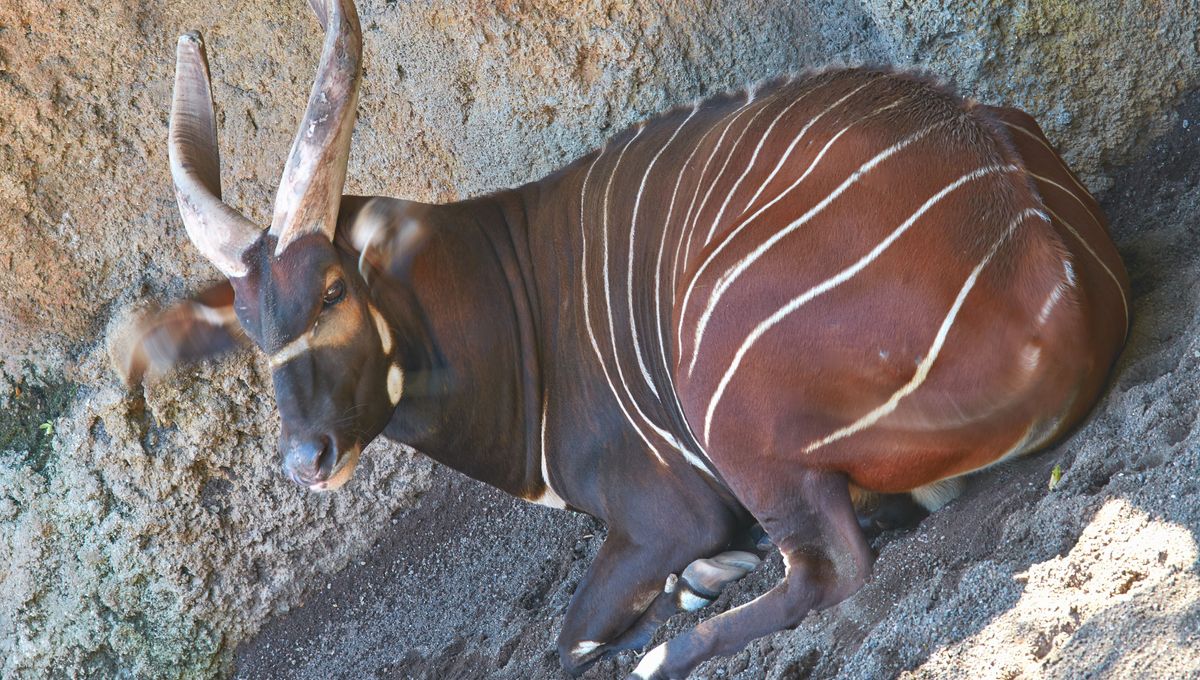
Scientists have come together to identify the most important hotspots for biodiversity, whose survival is essential if the era of human domination is to avoid ranking with Earth’s worst periods. Combined, the locations involved are smaller than Iran, but time is running out.
Five times in the planet’s history the Earth is known to have lost the majority of living species during a short period of time. It’s likely this occurred on earlier occasions as well, but the record is obscured. Fears that this is happening again, not from an asteroid or super-volcano but human activity, may be premature but will be fulfilled eventually without deliberate action.
It might seem simple to choose the areas most in need of protection to avoid this. It’s well known that locations like tropical rainforests are bursting with life and contain an astonishing proportion of the Earth’s land-based species. However, saving the whole of these regions is ambitious given current trends, perhaps too ambitious. The most efficient path to species protection turns out to be somewhat different.
“Most species on Earth are rare, meaning that species either have very narrow ranges or they occur at very low densities or both,” said Dr Eric Dinerstein in a statement. “And rarity is very concentrated. In our study, zooming in on this rarity, we found that we need only about 1.2 percent of the Earth’s surface to head off the sixth great extinction of life on Earth.”
This 1.2 percent is made up of almost 17,000 sites, and represents a 46 percent reduction on previous estimates though improved targeting. Co-author Professor Carlos Peres of the University of East Anglia claims this preservation “is a financially viable proposition, but I’m afraid this viability will rapidly decline over time.” For this reason, the study’s authors are calling for protection by 2030.
Currently, areas chosen for protection often have more to do with politics and cost than the number of species that can be saved. It’s easy for a government to legislate a National Park in an area with few competing interests, or around a beloved tourist attraction. Much harder to do the same for the only home to many species with the misfortune of sitting above an oil field.
The authors quantify this truism, noting that 1.2 million square kilometers of land (0.47 million miles) gained protection between 2018 and 2023, but that less than 10 percent of this would be prioritized for species protection.
Whether it is within our capacity to protect some of these areas from the consequences of climate change and invasive species is uncertain, however, even if we assume illegal poaching and deforestation can be prevented.
Still, the authors want us to focus on what can be achieved, not what can’t. They note that 38 percent of the areas they identify lie close to locations that are already protected, and could often be incorporated with ease.
“These sites are home to over 4,700 threatened species in some of the world’s most biodiverse yet threatened ecosystems,” said Andy Lee, who like Dinerstein is from the NGO Resolve. “These include not only mammals and birds that rely on large intact habitats, like the tamaraw in the Philippines and the Celebes crested macaque in Sulawesi Indonesia, but also range-restricted amphibians and rare plant species.”
By looking at the costs incurred for similar areas that have already been protected, the authors make an estimate of the price. They acknowledge there are often differences between locations even in economically similar regions, but across enough sites, these should cancel out.
All up, the team produces a figure of $169 billion a year for the next five years to acquire the land and preserve it. Limiting the project to the tropics, where the majority of species lie, reduces the cost to $34 billion a year.
Intimidating as this may be to anyone other than a handful of the planet’s richest people, Lee noted: “This represents less than 0.2 percent of the United States’ GDP, less than 9 percent of the annual subsidies benefiting the global fossil fuel industry, and a fraction of the revenue generated from the mining and agroforestry industries each year.”
Cost may not be the only obstacle, however. Maps of the priority areas reveal clusters in war zones like Somalia and Yemen.
The authors also note the areas are vital for stopping global heating, given their vast carbon storage will be lost if the biodiversity is destroyed.
“What will we bequeath to future generations? A healthy, vibrant Earth is critical for us to pass on,” said Dinerstein. “So we’ve got to get going. We’ve got to head off the extinction crisis. Conservation Imperatives drive us to do that.”
The study is open access in Frontiers in Science.
Source Link: To Prevent The Sixth Mass Extinction These Are The Havens We Must Protect